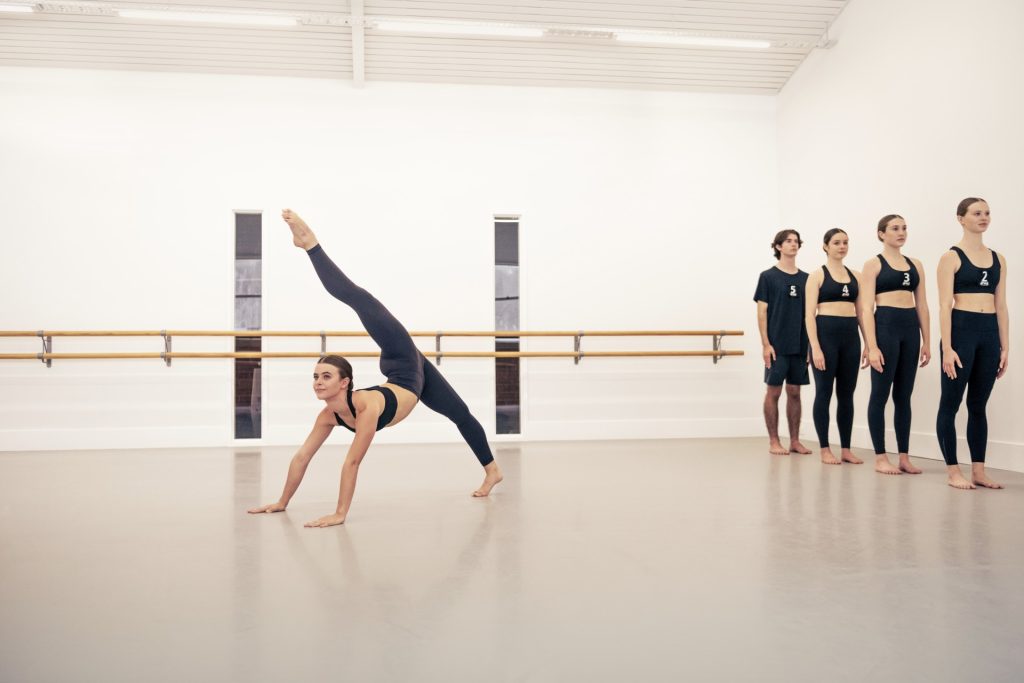Lucidity Contemporary Syllabus Information
Positive - Inspiring - Empowering
Lucidity contemporary is a stimulating and dynamic dance curriculum which explores emotional connection.
Technical aspects include; controlled leg work, torso contract-release, floor work – fall and recovery. Unpredictable changes in rhythm, speed and direction are incorporated.
Lucidity is an examination based syllabus, it is compulsory for all registered studios to enter Lucidity students for examinations or assessments annually.
We are committed to providing fast and personal service to all our registered teachers.


The syllabus comprises of 11 levels and a Teacher Training syllabus:
- Level 1 (recommended age - 7 years)
- Level 2 (8 years)
- Level 3 (9 years)
- Level 4 (10 years)
- Level 5
- Level 6
- Level 7
- Level 8
- Level 9
- Level 10
- Solo Seal Ballet
- Teacher Certificate
- Advanced Teacher Certificate
Syllabus Components:
The levels are made up of a series of exercises including including; plié and spine articulation, port de bras, swings and suspension, rolling progession, travelling progressions, floor sequences, turns, leaps, compositions and dances.
Conditioning work (often including a swiss ball) is included to develop core and upper body strength, increase turn-out and improve strength and control.
Improvisation is included to encourage freedom of movement in the junior levels. Student choreography is incorporated at higher levels to develop musical connection and expression.
Students can enter the syllabus at any age (and ability) at a level recommended by the teacher. Age guidelines are above. Candidates sitting Level 10 onwards must have sat and passed the previous grade as a prerequisite (ie. Level 9).
It is compulsory for registered teachers to enter students annually for examinations.
Year Plan
Lessons in terms one and two of the school year are focused on preparing students for examinations.
Examinations are held in the second or third term of the school year (May – September) in Australia and New Zealand.
Examinations are held in June and October in Hong Kong, and May and December in Thailand.
Lesson Plan
Syllabus work in preparation for examinations is based on the following class time recommendations (time can be split over two lessons per week for senior grades) :
- Level 1: 45 minutes per week
- Level 2: 45 minutes per week
- Level 3: 45 minutes per week
- Level 4: 1 hour per week
- Level 5: 1 hour per week
- Level 6: 2 hours per week
- Level 7: 2 hours per week
- Level 8: 2 hours per week
- Level 9: 2 hours per week
- Level 10: 2 hours per week
Age Recommendations
Please use the recommended age guidelines for class placements. These recommendations are based on students who have no previous dance experience:
- Level 1: 7 years
- Level 2: 8 years
- Level 3: 9 years
- Level 4: 10 years/ beginner teens/ beginner adults
Any student who has had dance experience should be assessed and placed in a class at the recommendation of the teacher.
Improvisation
Improvisation is included to encourage freedom of movement in Levels 1 and 2. The examiner provides the music for the Improvisation.
Students should prepare for improvisation work seeking to show musicality, use of the floor, use of levels and connection to the music.
Student Choreography
Student choreography is incorporated at the higher levels to develop student initiative and creativity. Students choreograph their work individually with assistance from the teacher where necessary.
Time limits are detailed in the teaching notes. The teacher provides the music for student choreography (the same music must be used by all the students in an examination group/grade – ie. no individual music as student choreography is usually seen in pairs).
Music
Teachers are able to set their own music or use the music shown in the training videos. Recommended BPM (beats per minute) for each exercise are provided in the teaching notes.
Studios are required to have their own studio music license for classes.
Solo Seal
Solo Seal is the final examination of the syllabus in which the dancer showcases their training and choreography in a final performance examination. An Improvisation, where music is set by the examiner, is performed at the beginning of the examination (the dancer to wear appropriate dancewear). Candidates then have three self-chroeographed dances to perform, each with a change of costume.
Solo Seal candidates are expected to arrange their own choreography, costumes, props (if required), music (choice and edit), which is overseen by the teacher.
As this is the pinnacle performance examination which completes all syllabus training, candidates are permitted to invite an audience to view the performance pieces if they wish. Filming by the audience is permitted if agreed by the candidate and teacher.
If the Solo Seal candidate wishes to be considered for the Izzie Toman Solo Seal Scholarship, the teacher is required to film the candidate choreography in the examination and submit the footage prior to the 1st October via the APDA website. Results are announced by 1st February the following year.
The prerequisite for this examination are Levels 9 and 10.
